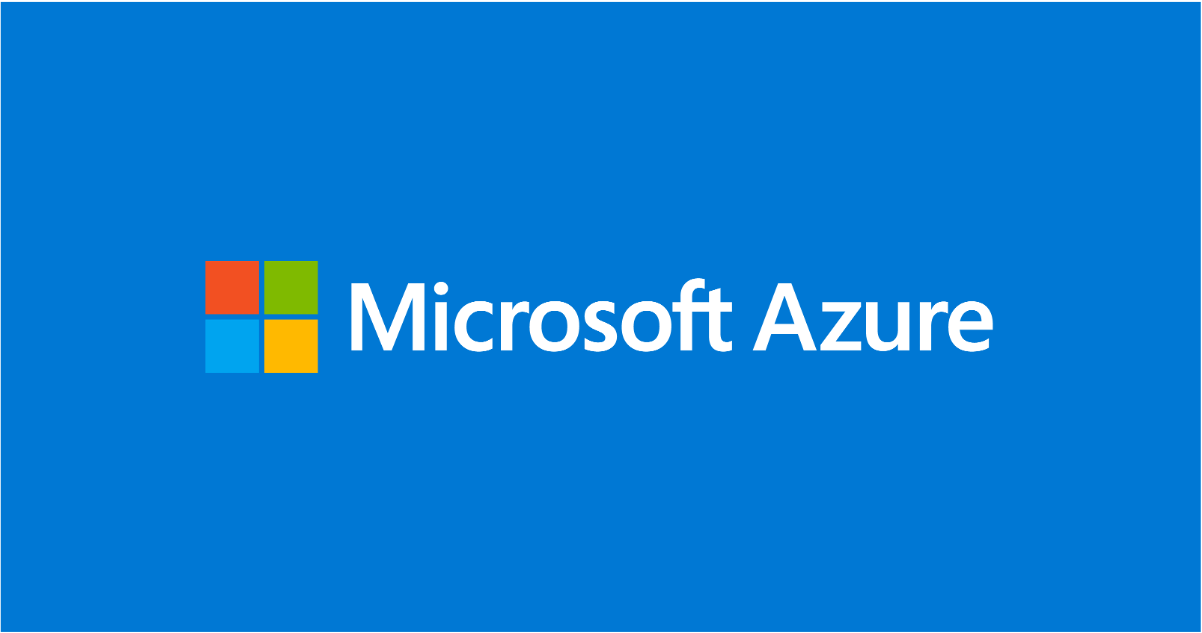How to migrate all Azure Storage Queue data between two different Storage Accounts with Python

Background
This article describes how to migrate all Azure Storage Queues data between two different storage accounts.
For this, we will use Azure Storage SDK for Python to copy all queues (and the respective data) from one Azure Storage Queue to another Azure Storage Queue. This approach will keep the data in the source queues, and will create new queues with the respective data in the destination Azure Storage Queue.
This script was developed and tested using the following versions but it is expected to work with previous versions:
- Python 3.11.7
- azure-identity (version: 1.15.0)
- azure-storage-queue (version: 12.9.0)
Approach
In this section, you can find a sample code to copy all queues data between two Storage Accounts using the Azure Storage SDK for Python.
This Python sample code is based on Azure Storage SDK for Python. Please review our documentation here Quickstart: Azure Queue Storage client library for Python.
-
- azure-identity (more information here azure-identity · PyPI). To install, please run:
pip install azure-identity - azure-storage-queue (more information here azure-storage-queue · PyPI). To install, please run:
pip install azure-storage-queue
- azure-identity (more information here azure-identity · PyPI). To install, please run:
Please see below the sample code to copy all the queues data between two Azure Storage Accounts using the storage connection string.
After executing this sample code, it is expected that you will find all the queues from the source Storage Account in the destination Storage Account, as well as the data/messages from those queues.
Disclaimer:
- These steps are provided for the purpose of illustration only.
- These steps and any related information are provided "as is" without warranty of any kind, either expressed or implied, including but not limited to the implied warranties of merchantability and/or fitness for a particular purpose.
- We grant You a nonexclusive, royalty-free right to use and modify the Steps and to reproduce and distribute the steps, provided that. You agree:
- to not use Our name, logo, or trademarks to market Your software product in which the steps are embedded;
- to include a valid copyright notice on Your software product in which the steps are embedded; and
- to indemnify, hold harmless, and defend Us and Our suppliers from and against any claims or lawsuits, including attorneys’ fees, that arise or result from the use or distribution of steps.
Published on:
Learn moreRelated posts
Azure Developer CLI (azd) Nov 2025 – Container Apps (GA), Layered Provisioning (Beta), Extension Framework, and Aspire 13
This post announces the November release of the Azure Developer CLI (`azd`). The post Azure Developer CLI (azd) Nov 2025 – Container App...
Announced at Ignite 2025: Azure DocumentDB, MCP Toolkit, Fleet Analytics, and more!
Microsoft Ignite 2025 kicked off with a wave of announcements for Azure Cosmos DB and Azure DocumentDB, setting the tone for a week of innovat...
Automating Microsoft Fabric Workspace Creation with Azure DevOps Pipelines
In today’s fast-paced analytics landscape, Microsoft Fabric has become the leader of enterprise BI implementations, one of the fundamental con...
New T-SQL AI Features are now in Public Preview for Azure SQL and SQL database in Microsoft Fabric
At the start of this year, we released a new set of T-SQL AI features for embedding your relational data for AI applications. Today, we have b...
Zonal resiliency in Azure
Azure DevOps and GitHub Repositories — Next Steps in the Path to Agentic AI
In May, we talked about the evolution of GitHub Copilot from a coding assistant into an AI powered peer programmer. Since then, GitHub has tak...
Public preview of vector indexing in Azure SQL DB, Azure SQL MI, and SQL database in Microsoft Fabric
We are happy to share that DiskANN vector indexing is now in public preview across Azure SQL Database, Azure SQL Managed Instance, and SQL dat...